A Carbononics special issue in pss RRL – integrating electronics, photonics and spintronics with graphene quantum dots.
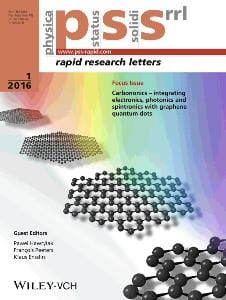

A Carbononics special issue in pss RRL – integrating electronics, photonics and spintronics with graphene quantum dots.
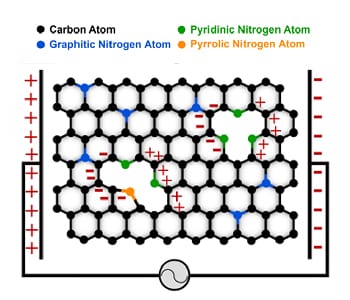
Researchers from the University of Calgary in Canada and Washington State University Tri-Cities in the US manipulated the structure of CNTs by introducing nitrogen between carbon atoms in CNTs, and succeeded in improving the charge storage capacity of CNT/polymer nanocomposites.

How can we utilize carbon dioxide to solve the looming climate change problem caused by anthropogenic greenhouse gas emissions?
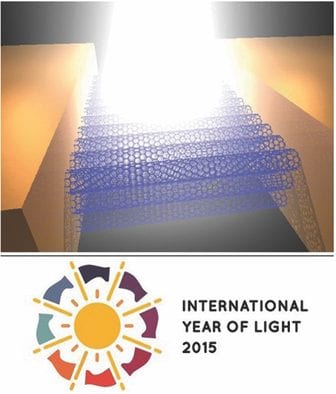
Different types of photodetectors realized with carbon nanotubes are presented in this comprehensive review article.
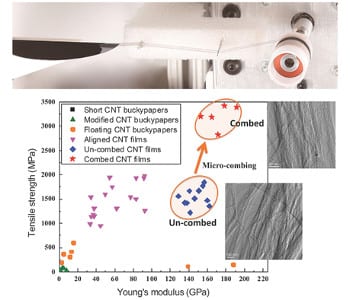
Prof. Zhu and his co-workers from North Carolina State University have used a traditional method to advance CNT thin film production.
New work explores efforts using carbonaceous materials to develop highly efficient DSSCs.
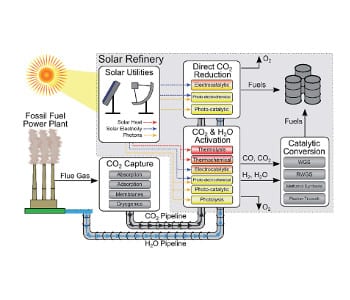
Professor Ozin explores the feasability of a solar refinery for making fuels and chemicals from CO2, H2O and sunlight.
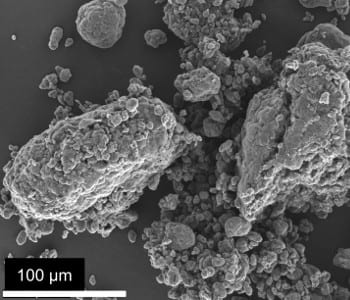
Researchers have developed a method for breaking up CNT bundles to deliver individual nanotubes using surface acoustic waves in a piezoelectric substrate.
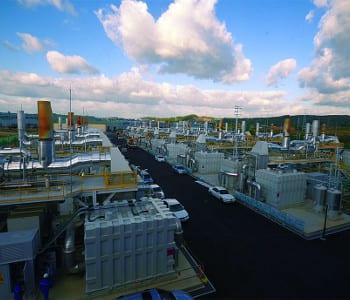
A group of CSIRO researchers provide a broad overview of direct carbon fuel cells.
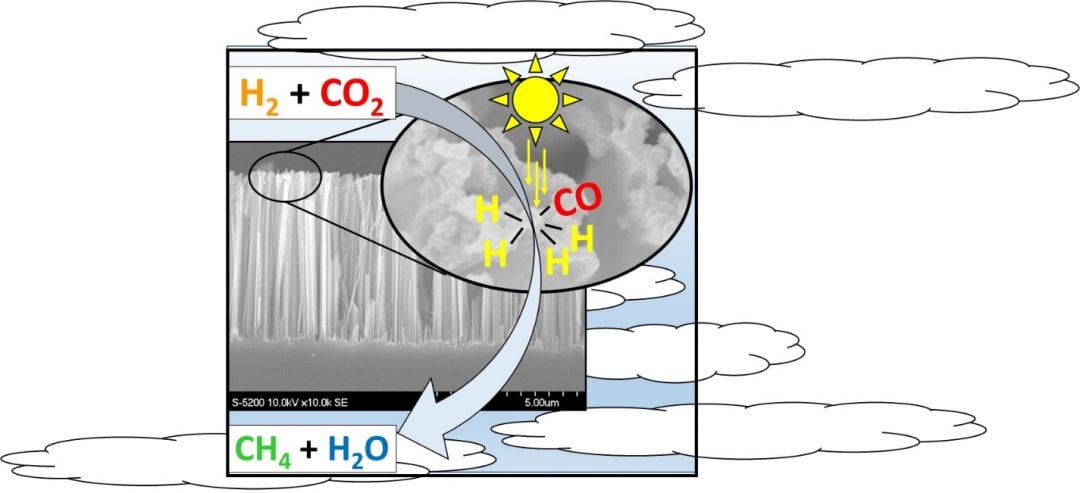
Researchers show that nanoparticles sputtered onto black silicon nanowire supports activate conversion in a hydrogen atmosphere under solar-simulated light.